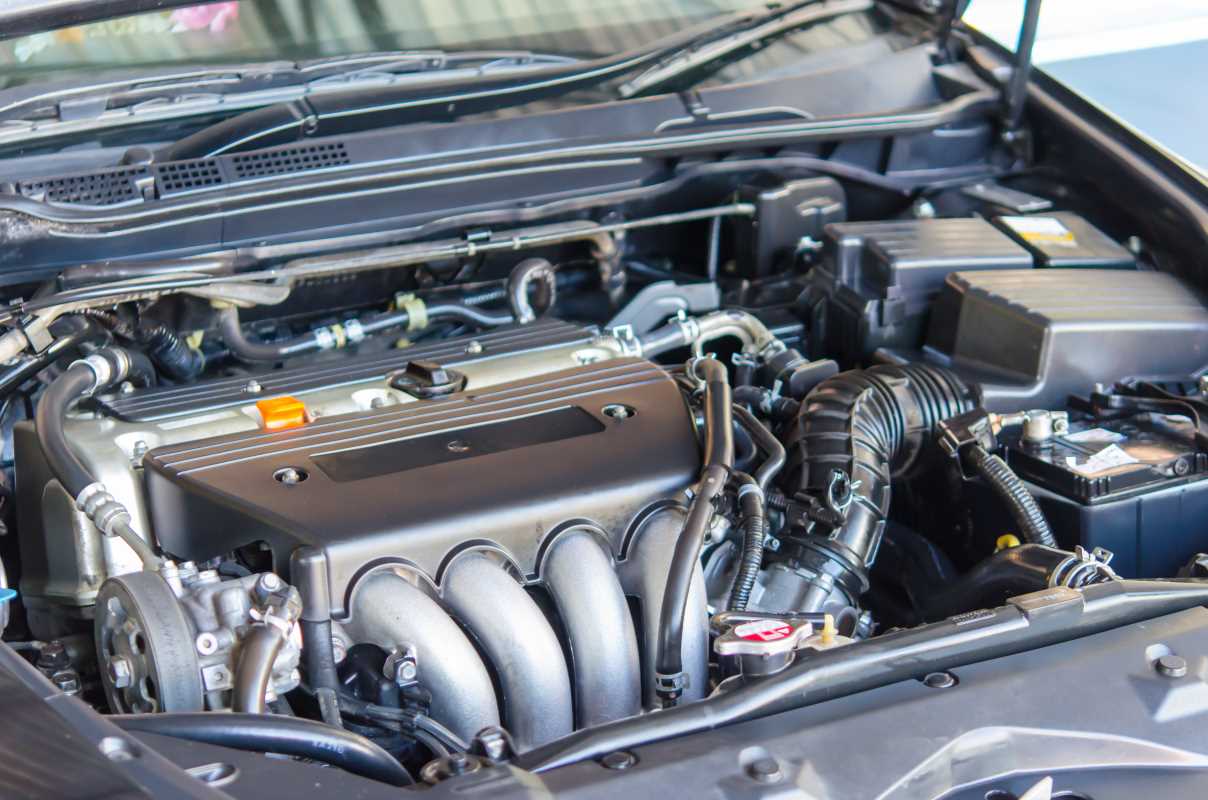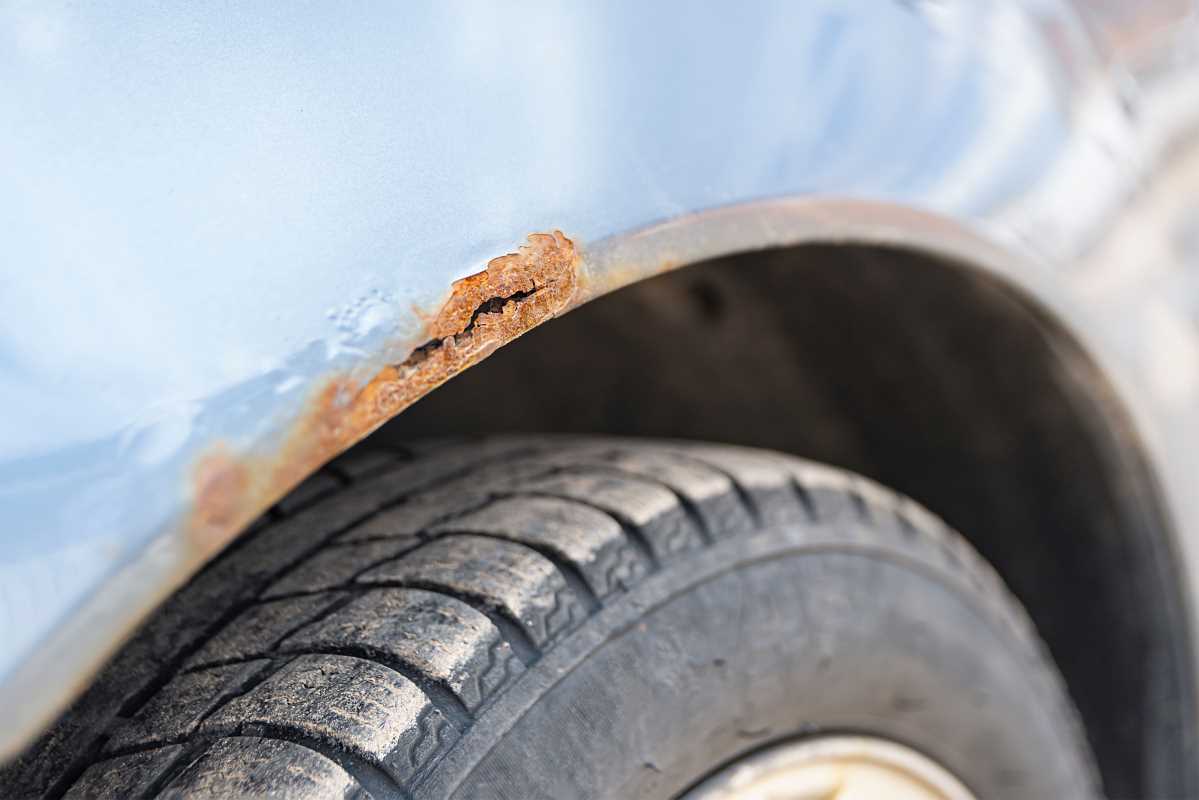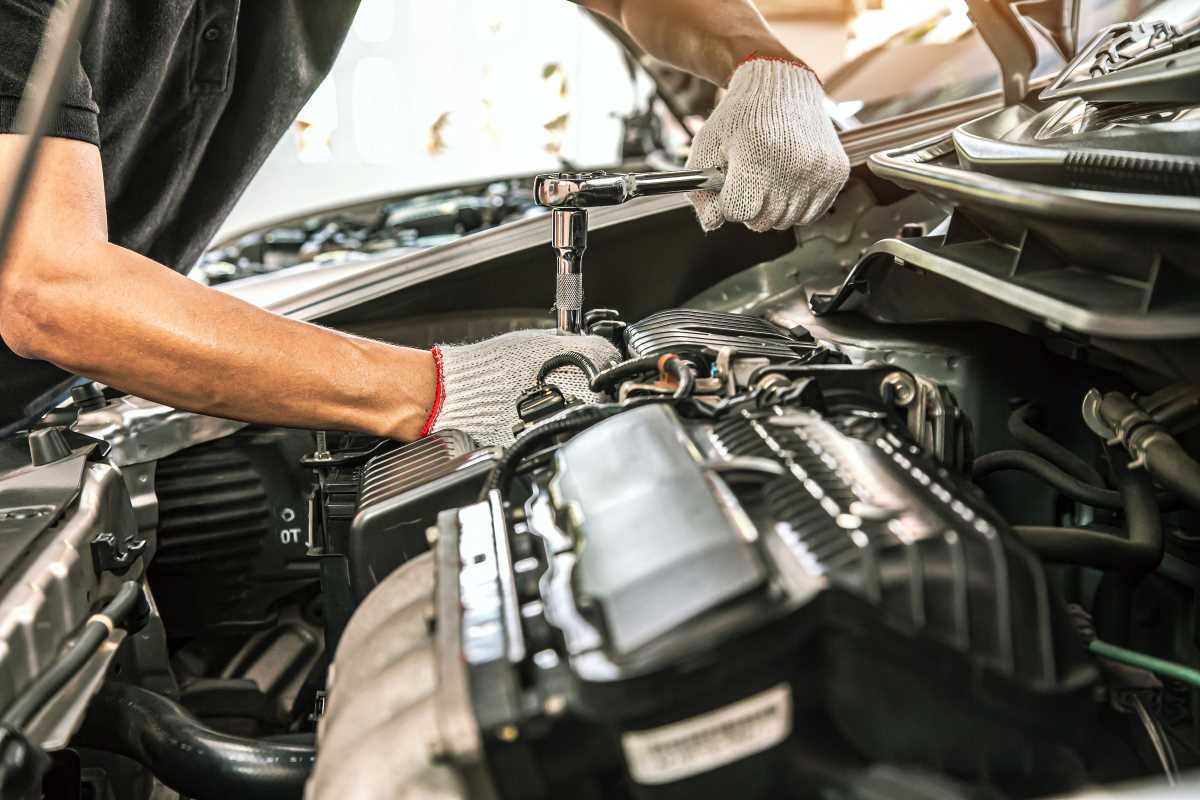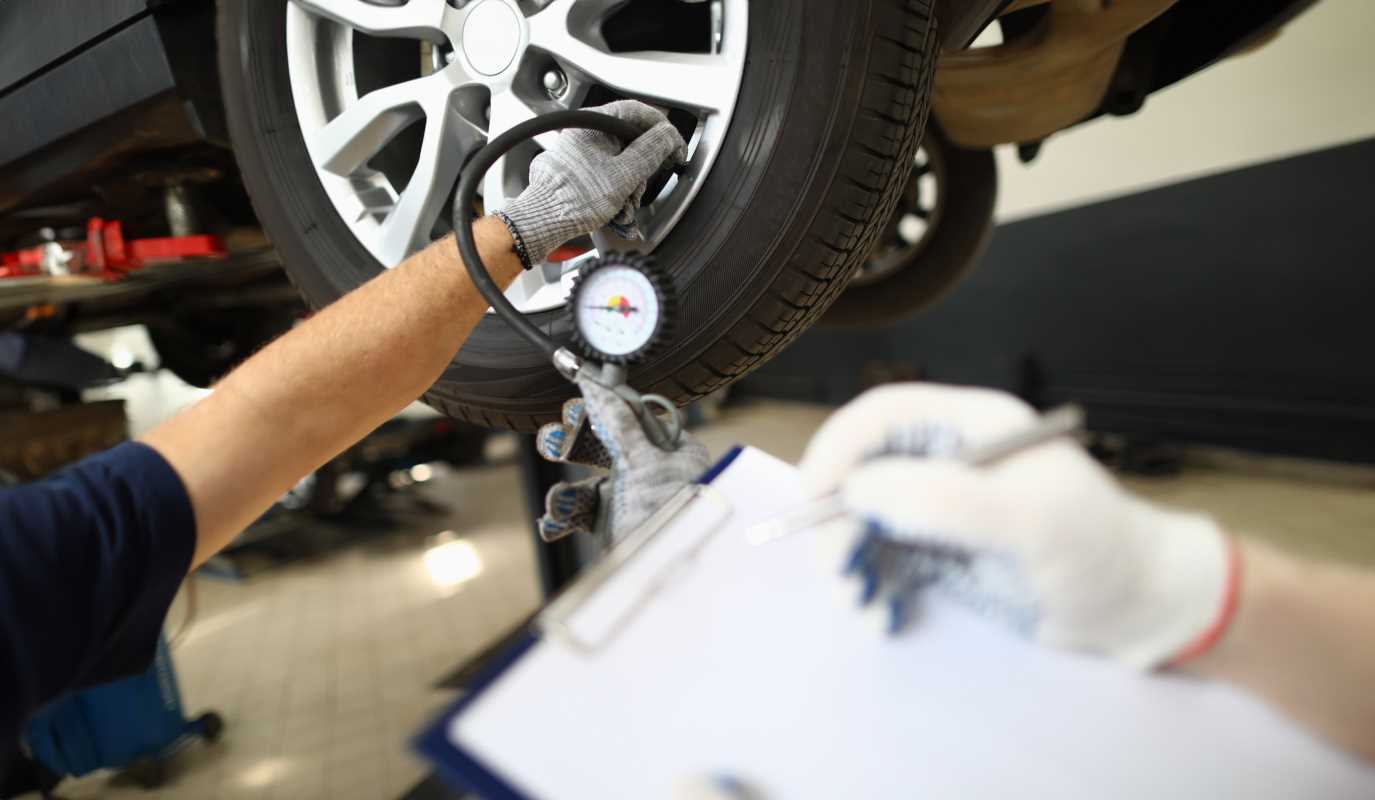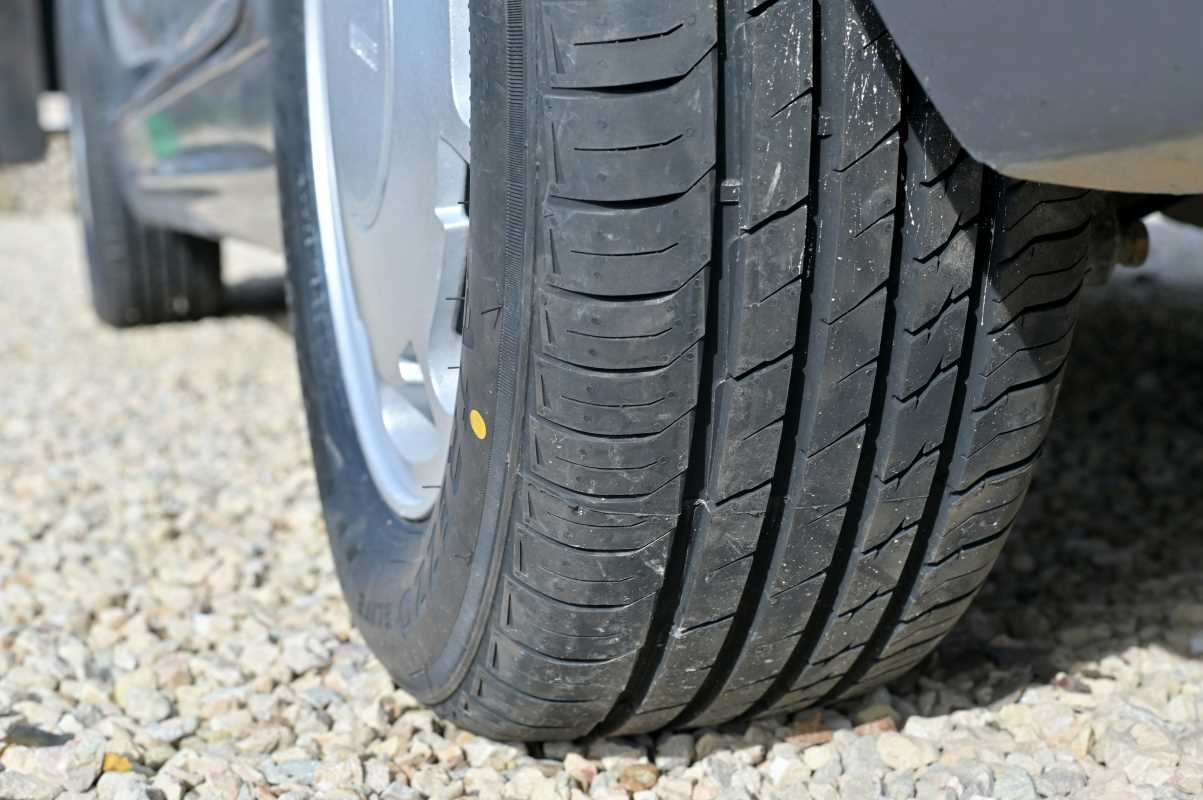The ability to stop quickly and safely is essential for every driver, yet the condition of your car’s stopping system is easy to overlook. A firm press of the pedal activates a set of hidden parts working together to slow you down. Amidst this system are the pads, which are intentionally made to wear out as you drive. Letting them get too thin can invite all sorts of trouble, including poor stopping, higher costs for repairs, and even safety concerns. We will help you spot important signs that it’s time to swap out these vital components. You’ll discover what to listen for, what to look at, and how the car feels when it’s time to make a change.
How Your Brakes Function: The Basics
Knowing what leads to worn brake pads starts with a basic understanding of how your car slows down. In today’s vehicles, disc brakes are common, especially up front. They rely on several pieces: a spinning disc called the rotor, a clamp (the caliper) that sits over it, and the friction pads themselves inside the caliper.
Step on the brake, and fluid flows into the caliper, causing it to squeeze the pads against the turning disc. This creates the rubbing needed to slow or stop the wheels. The pads contain a layer that bites into the rotor to create friction, and this layer is built to wear down gradually. It’s similar to how tires or engine oil wear out with use. After enough miles, the material becomes too thin to do its job well and must be replaced.
Listen Up: What Sounds Are Telling You
Cars often send messages in the form of odd noises. Your brakes are no exception, and these sounds can be easy clues that service is needed.
1. Metallic Squeals or Screeches
One of the most frequent alerts is a sharp, high-pitched squeal when you press down. Many pads include a tiny metal tip, called a wear indicator, that rubs the rotor when the friction material reaches a low point, usually around 2-3 millimeters thick.
The screech you hear is a warning to schedule a checkup soon. It’s built to make you pay attention. Water can cause occasional squeals, but if it doesn’t fade after a few stops, take the car in for inspection.
2. Grinding or Growling Noises
Hearing a deeper, grittier sound means the material is likely completely gone. That noise is metal scraping on metal as the pad’s backing plate contacts the rotor.
This is urgent. Not only is your ability to stop quickly compromised, but the metal-on-metal contact will also damage the rotor fast. Fixing it now will save you from bigger, more expensive repairs. It’s best to avoid driving until you get the brakes evaluated by a professional.
Eye Test: Visual Checks for Brakes
Ears aren’t your only asset. Use your eyes to get a sense of your brakes’ health with a simple look.
1. Checking Pad Thickness
Sometimes, you can see the brake pads through your wheels. Look for the clamping mechanism (caliper) and the pad right next to the shiny disc. A new pad will stand out with about 8-12 millimeters of material.
Check if the remaining layer is at least a quarter inch (around 6-7 millimeters). Anything less (especially 2-3 millimeters) means you’ll need to change them soon. A flashlight can help, but for a closer look, a mechanic may need to remove the wheel.
2. Rotor Surface Appearance
Scan the disc’s surface. It should be clean and smooth. Deep lines or grooved scars on the rotor can form if the pads are worn away and metal has been rubbing directly. These marks make it harder to stop and may create shaking or vibration; both parts will likely need changing.
Feeling the Difference: Pay Attention to Pedal Behavior
Sometimes, the most noticeable sign is how the brake pedal responds to your foot. Small changes can indicate issues that you shouldn’t ignore.
1. Pulsing or Vibration in the Pedal
Feel a shudder when you press down? That pulsing is often caused by a disc that’s become warped or uneven due to heat. As the pads grip this bumpy surface, the pedal responds with fast shakes. This is a sign that the disc should be replaced.
2. Soft or Squishy Brake Pedal
A pedal that goes farther down than normal or feels soft may point to air or leaking fluid in the hydraulic lines. This isn’t usually tied to the pads themselves, but it’s a serious concern since it weakens how well you can slow down. Get it checked as soon as possible.
3. Pulling to One Side
Does your car tug left or right when stopping? Uneven braking power can often be blamed on a stuck caliper or one side’s pads wearing faster than the other. Not only does this make braking less stable, but it can wear tires and suspension faster as well.
Lifespan: How Long Should Your Pads Last?
Several things affect how many years or miles you’ll get out of a set:
- Driving habits: Quick, late stops burn through them faster than gentle, gradual braking.
- Usual routes: Stop-and-go city driving wears out parts faster than easy highway cruising. Expect to change pads around 30,000-35,000 miles in the city, compared to possibly 80,000 miles with mostly highway driving.
- Vehicle weight: Heavier rides like trucks put more stress on the system.
- Pad composition: Organic, ceramic, and semi-metallic materials all wear at different rates and suit different needs.
Your car’s stopping power depends on these essential parts working as designed. By tuning in to specific noises, checking how everything looks, and paying attention to unfamiliar sensations under your foot, you can catch problems early. Taking proactive steps extends the life of your ride and, most importantly, helps keep you and your passengers safe.
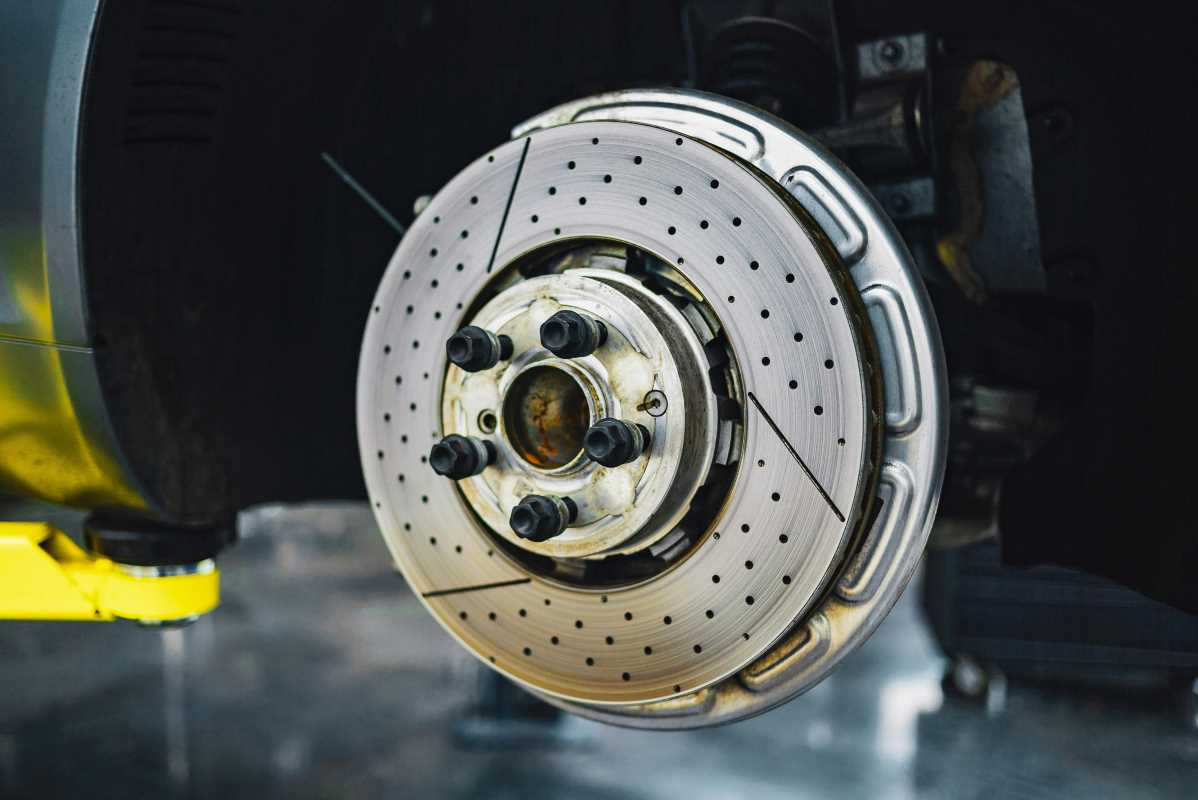 (Image via
(Image via